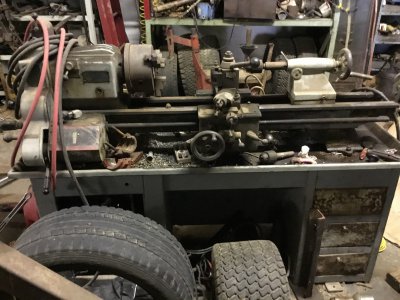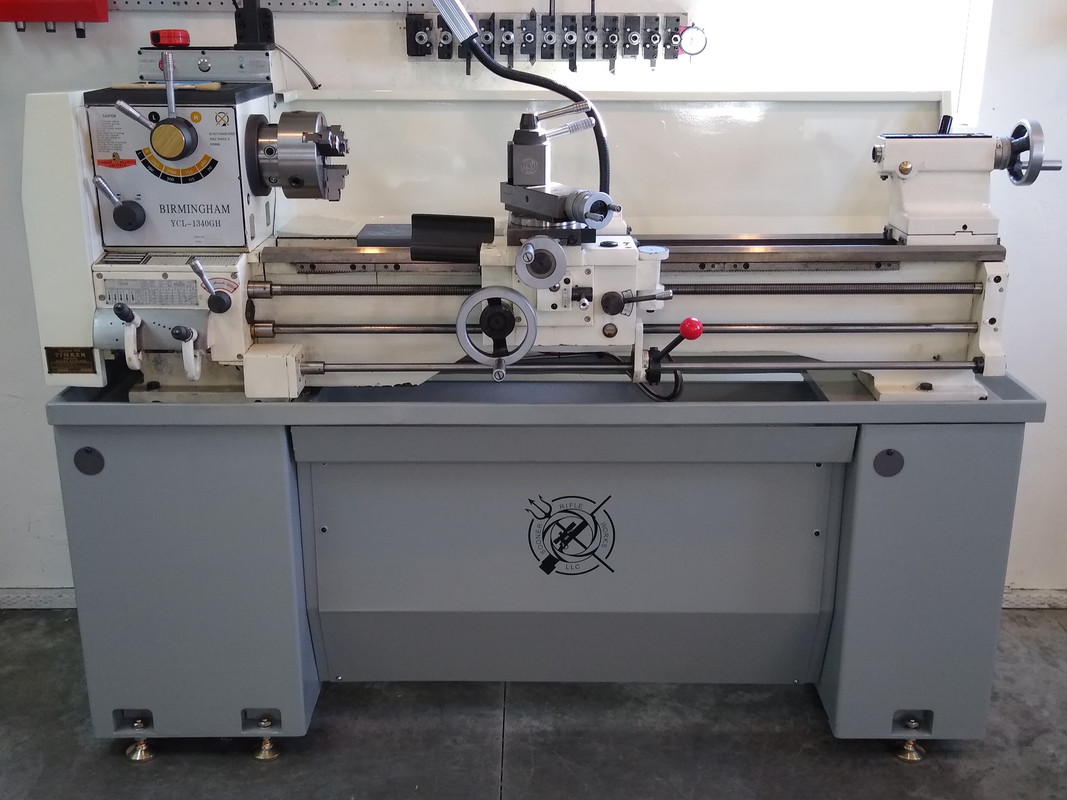@boneyard51
Tim9 addressed some very important points in his post above.
So far, most of us have answered your questions as-asked, assuming that your bearings are indeed in need of attention.
However, if you haven't actually measured your spindle runout, or pulled the headstock cover / bearing caps for inspection, you should most definitely do so before dropping $$$ on parts that you may not need.
Get one of those telescopic magnetic dropped-bolt picker upper things, and dip it down to the bottom of your oil, fish around and see how much and what kind of metal particles come up with it.
Perhaps you just need to adjust the preload. I've purchased brand-new lathes that had very loose bearings. Run @ 2000rpm for half an hour, with not a single degree° of temperature increase, and measureable spindle end play. I've several times reduced spindle runout by several thousandths with just a couple degrees rotation of the preload nut.
Also, I recently replaced my electric motor bearings with a set of 20$ Timkens and 75% of the lathes mechanical noise disappeared. I created a post about that somewhere on here.
I also added a gasket between the motor mount and bed, using a thin sheet of gasket material from auto-zone, and it made a noticeable difference as well. I was shocked at how much difference these seemingly insignificant things made.
Don't start replacing things until you've actually checked them.





